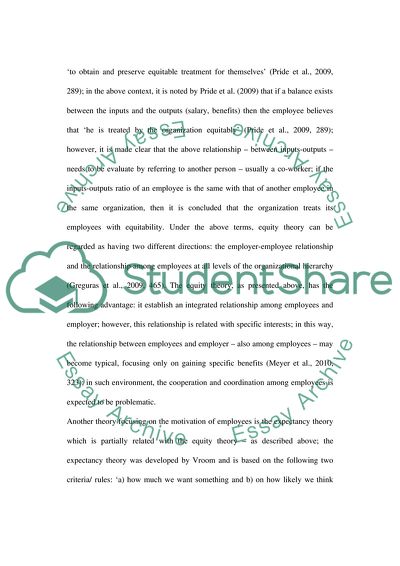Cite this document
(Organizational Behaviour Case Study Example | Topics and Well Written Essays - 2750 words, n.d.)
Organizational Behaviour Case Study Example | Topics and Well Written Essays - 2750 words. Retrieved from https://studentshare.org/sociology/1742734-organisationl-behaviour
Organizational Behaviour Case Study Example | Topics and Well Written Essays - 2750 words. Retrieved from https://studentshare.org/sociology/1742734-organisationl-behaviour
(Organizational Behaviour Case Study Example | Topics and Well Written Essays - 2750 Words)
Organizational Behaviour Case Study Example | Topics and Well Written Essays - 2750 Words. https://studentshare.org/sociology/1742734-organisationl-behaviour.
Organizational Behaviour Case Study Example | Topics and Well Written Essays - 2750 Words. https://studentshare.org/sociology/1742734-organisationl-behaviour.
“Organizational Behaviour Case Study Example | Topics and Well Written Essays - 2750 Words”, n.d. https://studentshare.org/sociology/1742734-organisationl-behaviour.


